Some of the most impactful inventions in history were never planned. From everyday items to groundbreaking technology, many surprising inventions came about by accident. This article explores those unexpected innovations, showcasing how serendipity can lead to extraordinary discoveries.
Penicillin
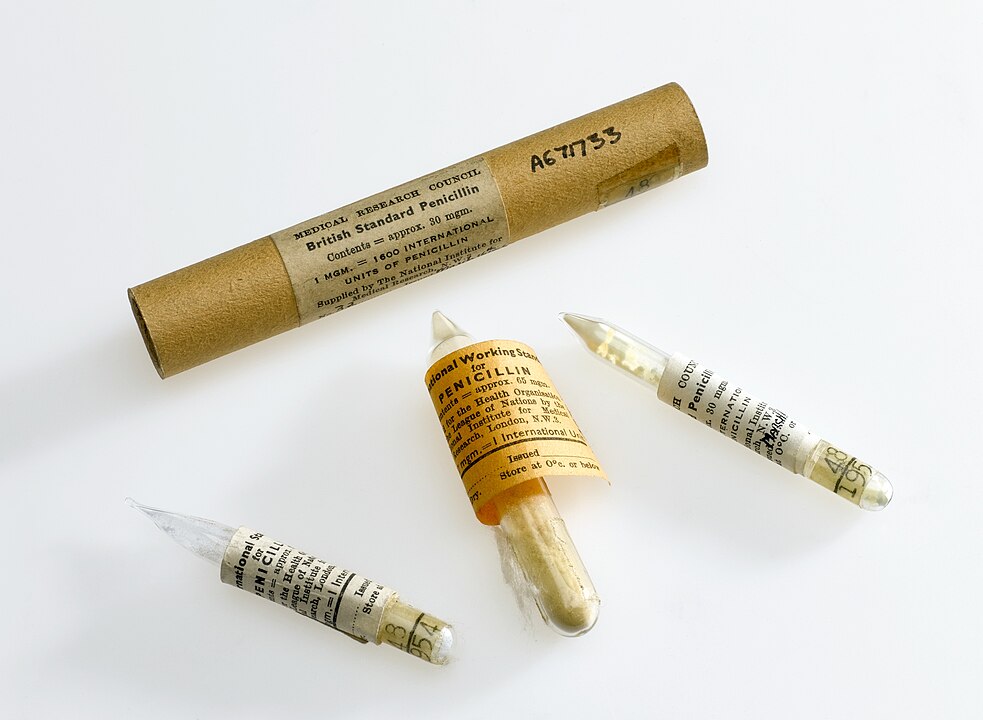
In 1928, Alexander Fleming discovered penicillin by accident when he noticed that a mold called Penicillium notatum had killed the bacteria in his petri dish. This serendipitous finding revolutionized medicine, leading to the development of antibiotics that have saved countless lives. Penicillin works by attacking the cell walls of bacteria, effectively killing them and stopping infections.
Microwave Oven

Percy Spencer, an engineer working on radar technology in 1945, discovered the microwave oven when a chocolate bar in his pocket melted while he stood near a magnetron. This led to the realization that microwave radiation could heat food quickly. Modern microwave ovens use this principle to cook and reheat food efficiently, making them a staple in kitchens worldwide.
Post-it Notes
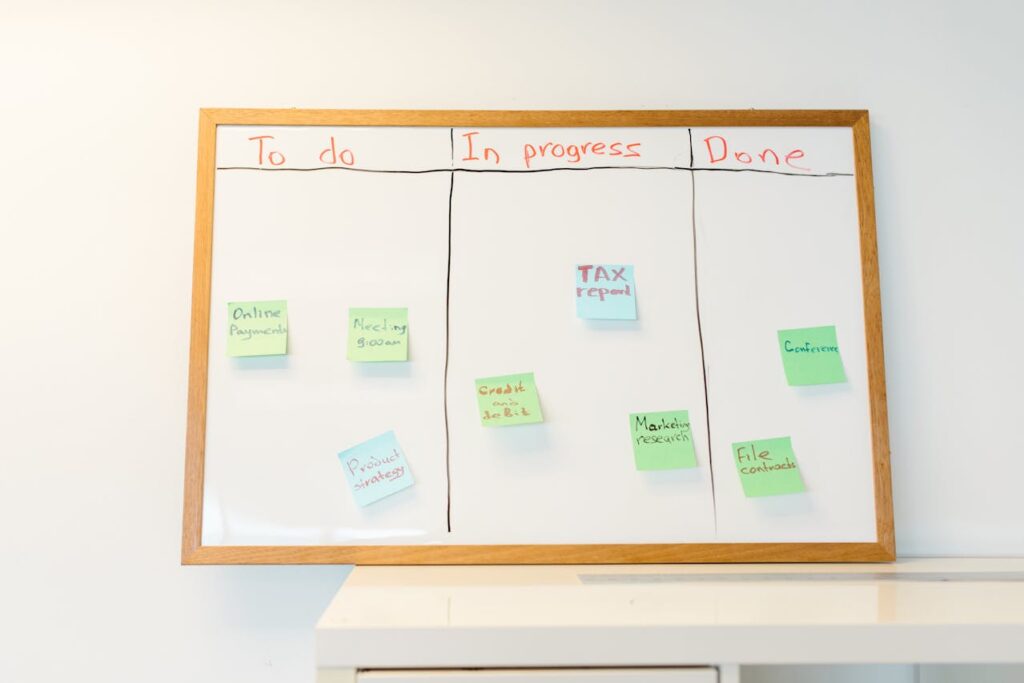
In 1968, Spencer Silver, a scientist at 3M, was attempting to create a strong adhesive but ended up with a weak, reusable one instead. Years later, his colleague Arthur Fry applied this adhesive to paper bookmarks to keep them in place without damaging pages. This innovation led to the creation of Post-it Notes, which are now used globally for reminders and organization.
Velcro

Swiss engineer George de Mestral invented Velcro in 1941 after noticing how burrs stuck to his dog’s fur. He examined the burrs under a microscope and discovered tiny hooks that clung to loops of fabric. This observation inspired the hook-and-loop fastener system of Velcro, which is now used in various applications, from clothing to space suits.
Teflon
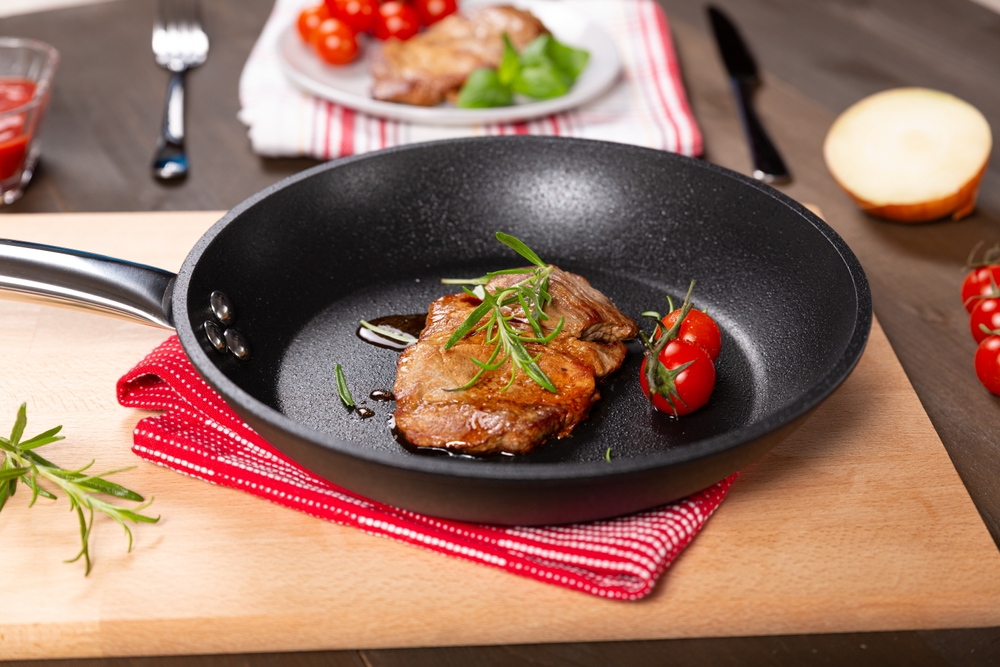
In 1938, Roy Plunkett, a chemist at DuPont, accidentally discovered Teflon while trying to create a new refrigerant. He noticed a strange white powder that was extremely slippery and resistant to corrosion. Teflon, or polytetrafluoroethylene (PTFE), became widely used for non-stick cookware and numerous industrial applications due to its unique properties.
X-rays
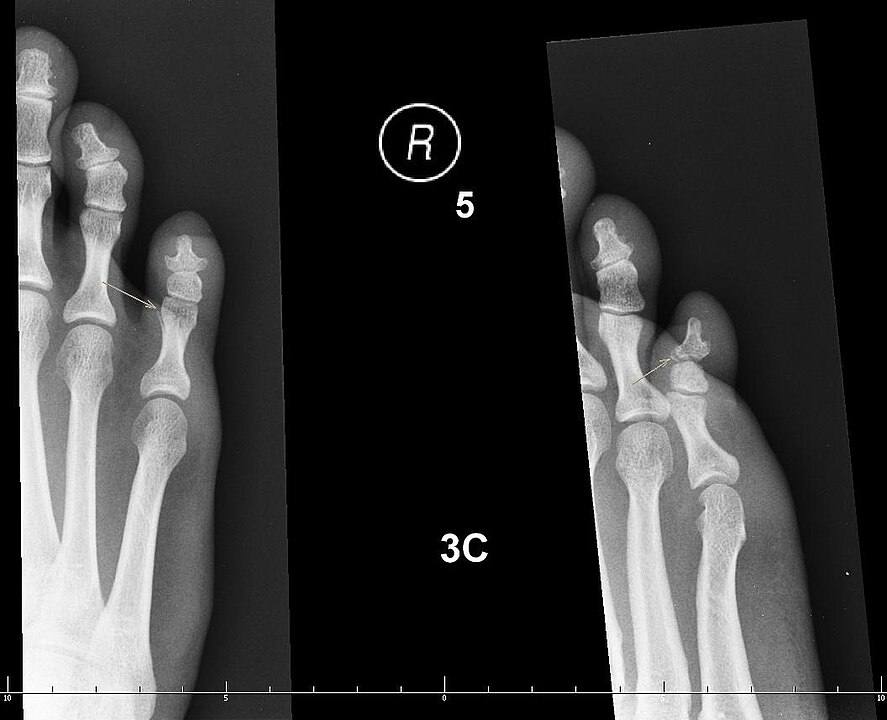
Wilhelm Conrad Roentgen discovered X-rays in 1895 while experimenting with cathode rays. He noticed that a fluorescent screen in his lab began to glow even though it was shielded from the cathode ray tube. Roentgen realized that these new rays could pass through solid objects, leading to the development of X-ray imaging, which revolutionized medical diagnostics.
Safety Glass
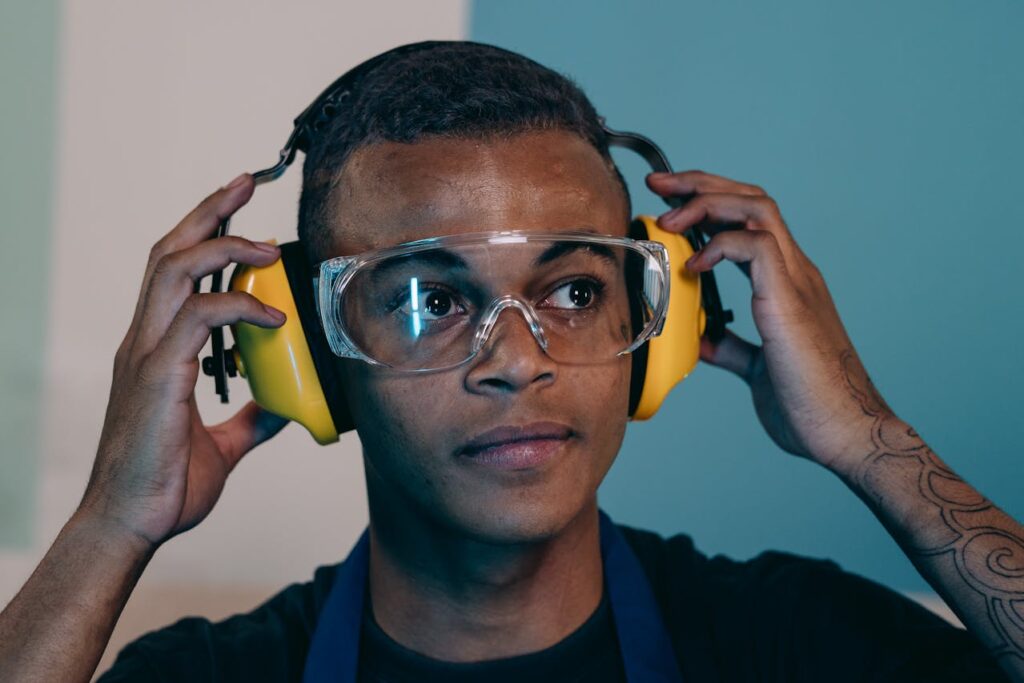
In 1903, French chemist Édouard Bénédictus accidentally knocked over a glass flask coated with a plastic cellulose nitrate solution. The glass cracked but didn’t shatter, inspiring Bénédictus to develop safety glass. This invention, now used in car windshields and building windows, prevents dangerous shards from forming upon impact.
Pacemaker

In the 1950s, engineer Wilson Greatbatch was building a heart rhythm recording device when he accidentally used the wrong resistor. This mistake led to the creation of a circuit that emitted electrical pulses, mimicking the heart’s rhythm. This accidental discovery led to the development of the first implantable pacemaker, which helps regulate heartbeats in patients with arrhythmias.
Corn Flakes
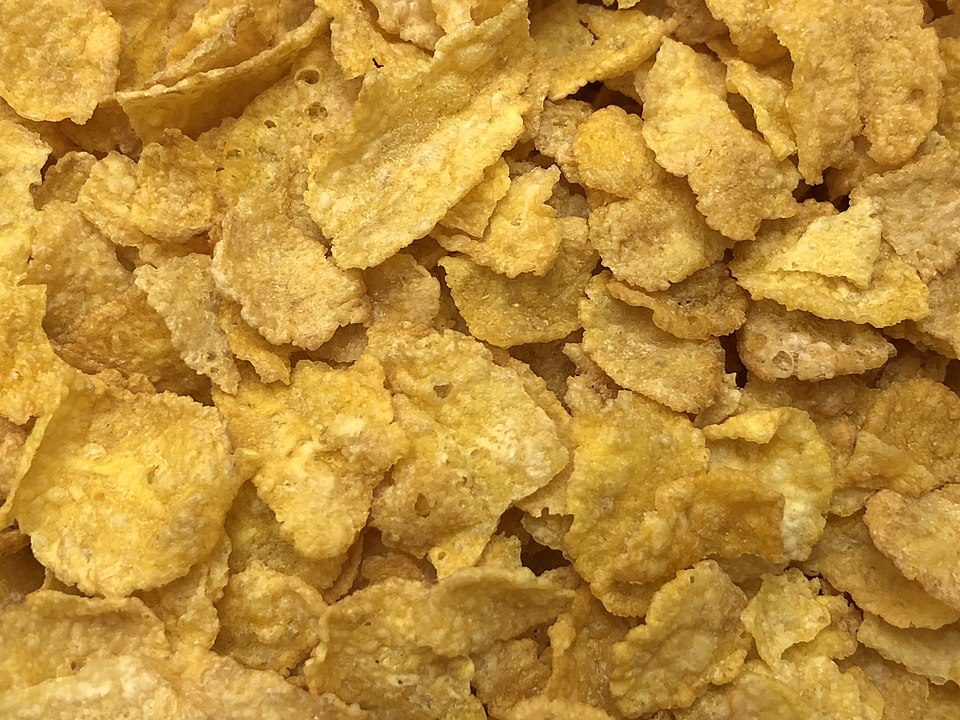
In the late 19th century, Dr. John Harvey Kellogg and his brother Will Keith Kellogg were attempting to make granola when they accidentally left cooked wheat out to dry. Instead of discarding the hardened wheat, they rolled it out and discovered it turned into flakes. This led to the creation of corn flakes, a popular breakfast cereal.
Artificial Sweetener (Saccharin)
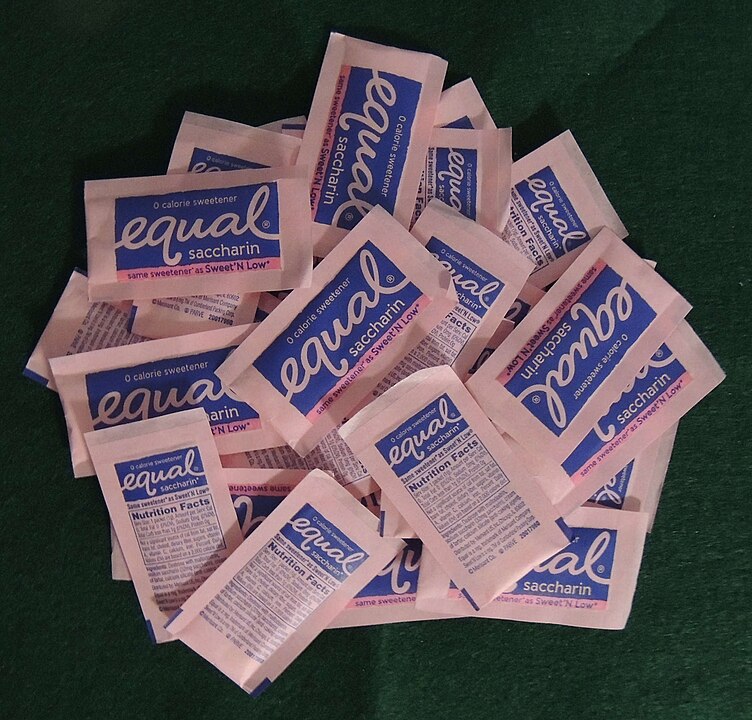
In 1879, Constantin Fahlberg, a chemist working on coal tar derivatives, accidentally discovered saccharin when he noticed a sweet taste on his hand after a day in the lab. Saccharin became the first artificial sweetener, providing a sugar substitute for people looking to reduce their caloric intake or manage diabetes.
Anesthesia
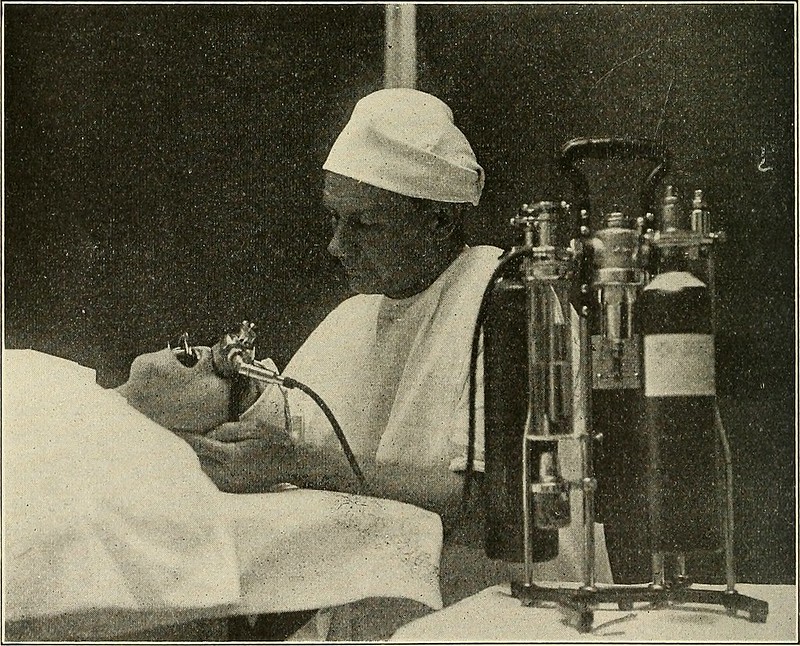
In the mid-19th century, nitrous oxide (laughing gas) and ether were used recreationally until their pain-relieving properties were accidentally discovered. Dentists Horace Wells and William Morton recognized their potential for pain management during surgery, leading to the development of anesthesia, which transformed medical procedures by allowing painless surgeries.
Super Glue
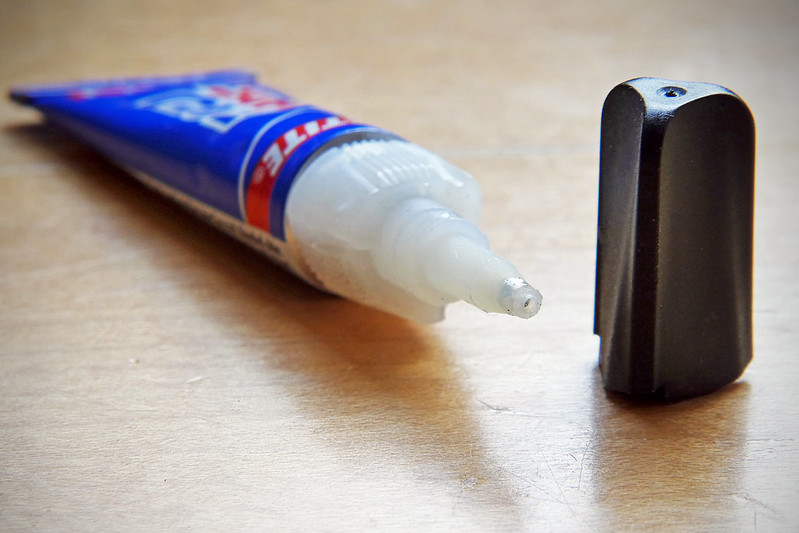
In 1942, Dr. Harry Coover was working on developing clear plastic gun sights for WWII when he discovered a chemical formulation that stuck to everything it touched. This compound, cyanoacrylate, was later marketed as Super Glue. Known for its strong adhesive properties, Super Glue is now used for various bonding applications in both household and industrial settings.
Plastic

In 1907, Leo Baekeland was trying to develop a replacement for shellac, a natural insulator, when he accidentally created Bakelite. This was the first synthetic plastic, and its non-conductive and heat-resistant properties made it ideal for electrical insulators, radio, and telephone casings, revolutionizing the materials used in manufacturing.
Dynamite

Alfred Nobel discovered dynamite in 1867 while attempting to stabilize nitroglycerin for safer handling. He accidentally combined it with kieselguhr, an absorbent substance, creating a stable yet powerful explosive. This invention transformed construction and demolition practices, allowing for safer and more controlled explosions.
Slinky
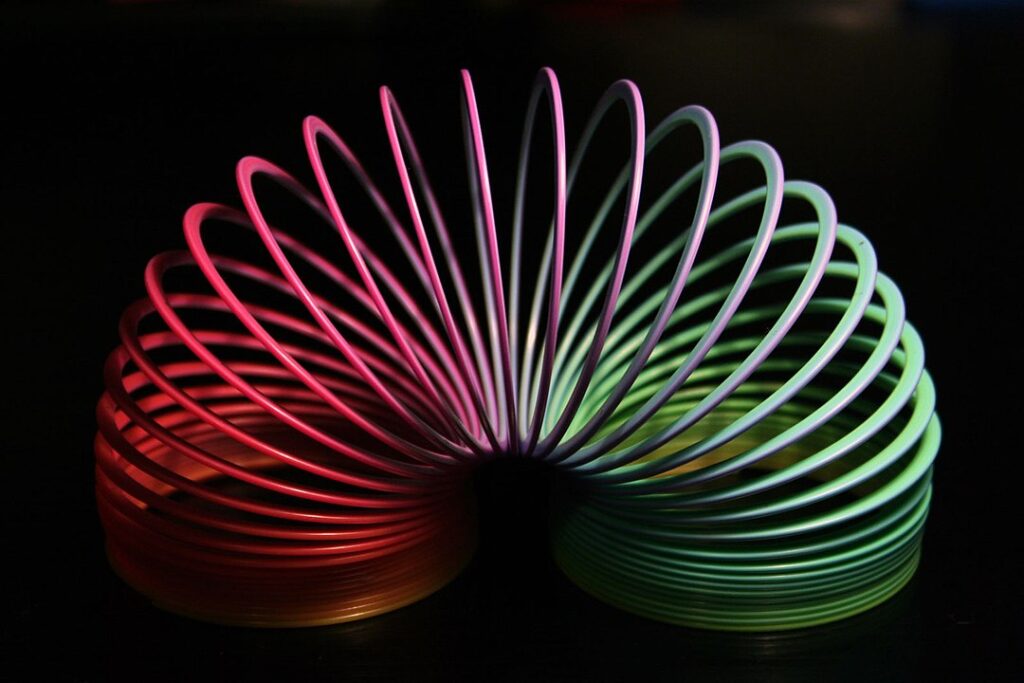
In 1943, naval engineer Richard James accidentally knocked over a tension spring, which gracefully “walked” down a stack of books. He realized this could be a fun toy, leading to the creation of the Slinky. This simple yet entertaining toy has fascinated children and adults alike for decades.
Matches
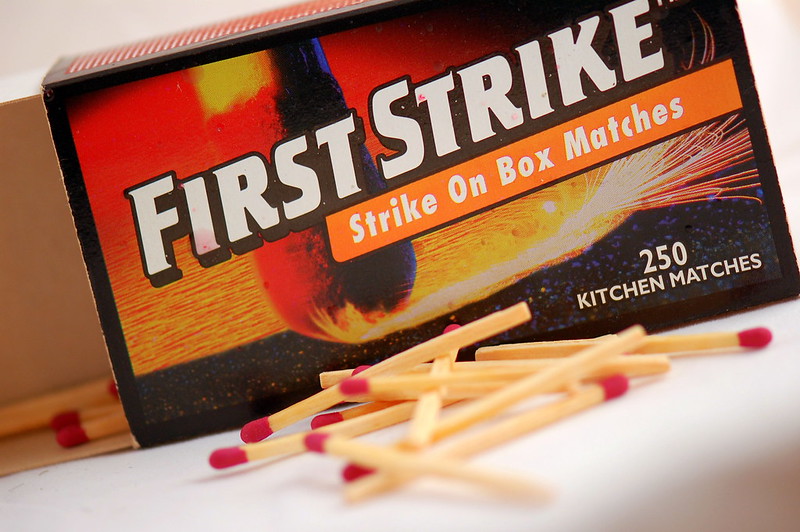
In 1826, John Walker, a British pharmacist, accidentally created the first friction match while mixing chemicals with a wooden stick. When he scraped the stick to remove a glob of dried chemicals, it ignited. This discovery led to the development of modern matches, making fire-starting more convenient and safe.
Chocolate Chip Cookies
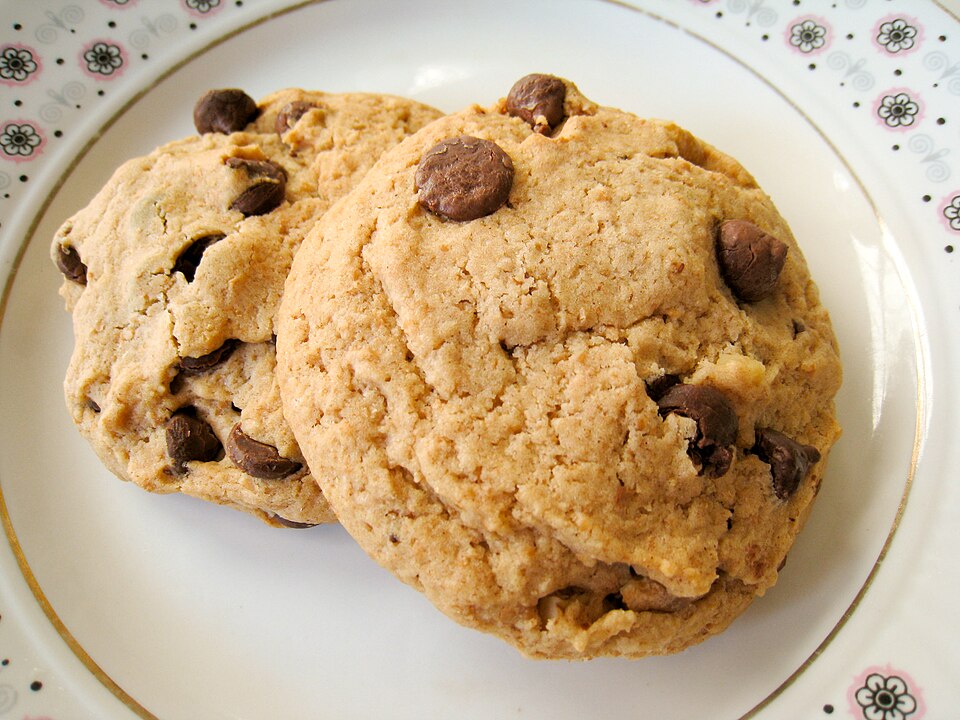
In 1930, Ruth Wakefield, owner of the Toll House Inn, was making chocolate cookies when she ran out of baker’s chocolate. She substituted broken pieces of semi-sweet chocolate, expecting them to melt and mix into the dough. Instead, the chocolate held its shape, creating the first chocolate chip cookies, a beloved dessert worldwide.
Play-Doh

Originally intended as a wallpaper cleaner, Play-Doh was created by Noah McVicker in the 1930s. However, in the 1950s, teachers began using it as a modeling compound for art projects. Recognizing its potential as a children’s toy, the formula was refined, leading to the colorful and pliable substance known today as Play-Doh.
Stainless Steel
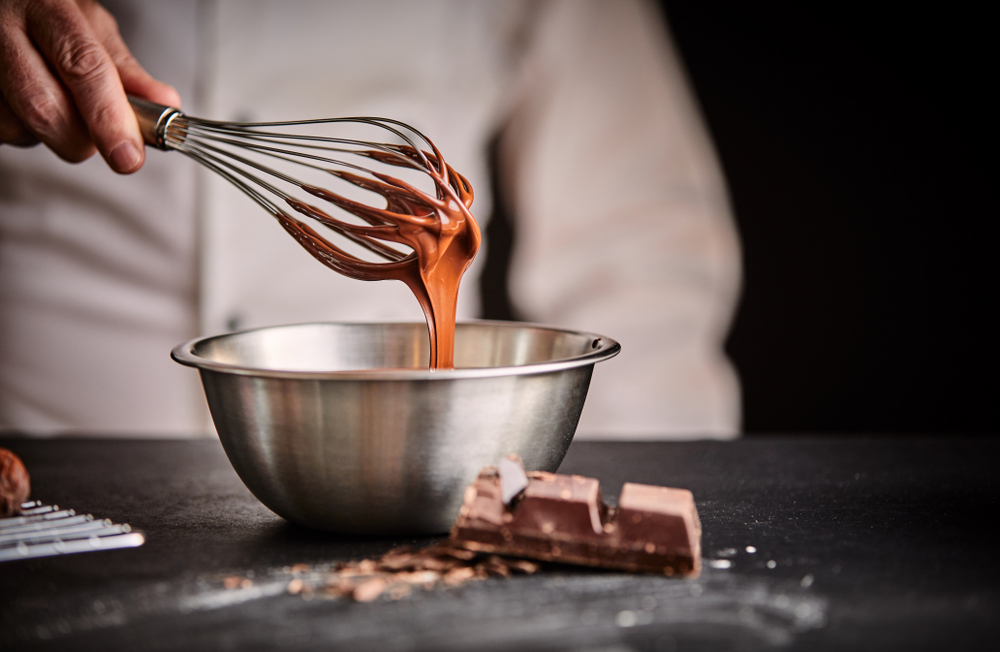
In 1913, Harry Brearley, a British metallurgist, was experimenting with steel alloys to prevent gun barrels from wearing out. He accidentally discovered that adding chromium to steel produced a rust-resistant alloy. This accidental invention led to the development of stainless steel, which is now used in various applications from kitchenware to medical instruments.
Viagra
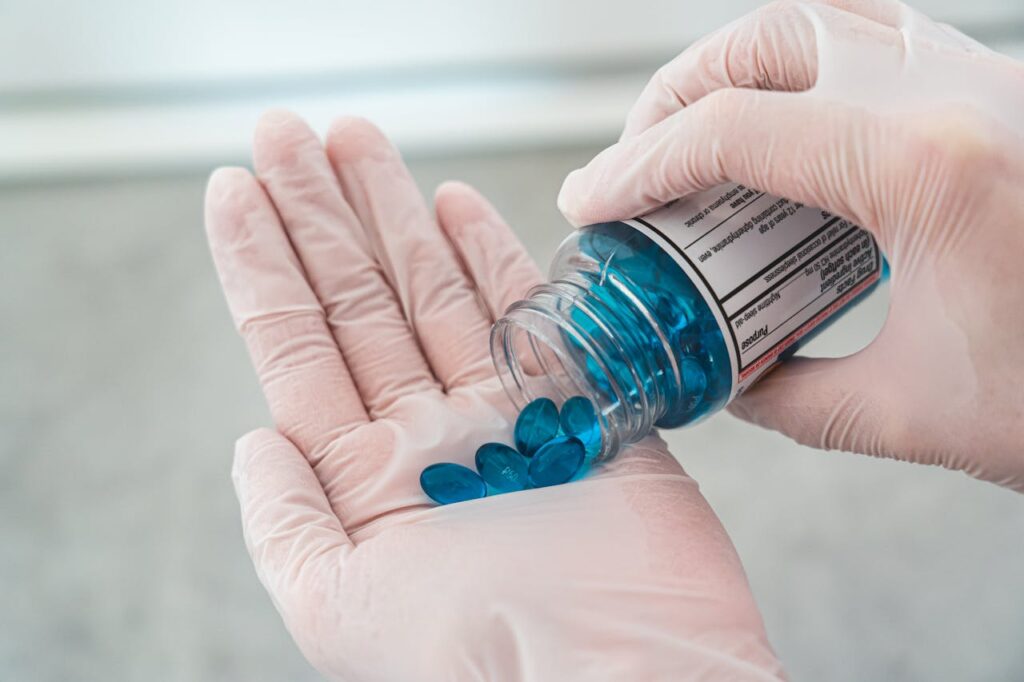
In the 1990s, researchers at Pfizer were testing a drug called sildenafil as a treatment for angina. During clinical trials, they discovered an unexpected side effect: the drug caused significant improvements in erectile dysfunction. This led to the development and marketing of Viagra, which became a revolutionary treatment for erectile dysfunction.
Chewing Gum

In the 1860s, Thomas Adams was experimenting with chicle, a natural latex, to create a rubber substitute. His experiments failed, but he noticed that chicle could be chewed without dissolving. This observation led to the creation of chewing gum, which became a popular treat worldwide. Adams’ brand, Adams New York Chewing Gum, was the first commercial chewing gum.
This article originally appeared on UnifyCosmos.
More from UnifyCosmos
20 Seasonal Skincare Adjustments for Optimal Health

Each season brings different challenges, from dryness in winter to sun damage in summer. Simple tweaks to your routine can make a big difference in maintaining optimal skin health year-round. Read more!
16 Best Sleep Apps to Enhance Your Sleep Quality

This article explores 16 of the best sleep apps, each with unique features to improve sleep quality. Whether you have insomnia or just want to enhance your sleep routine, these apps could be the solution you need. Read more!
25 Classic Bread Recipes from Different Cultures
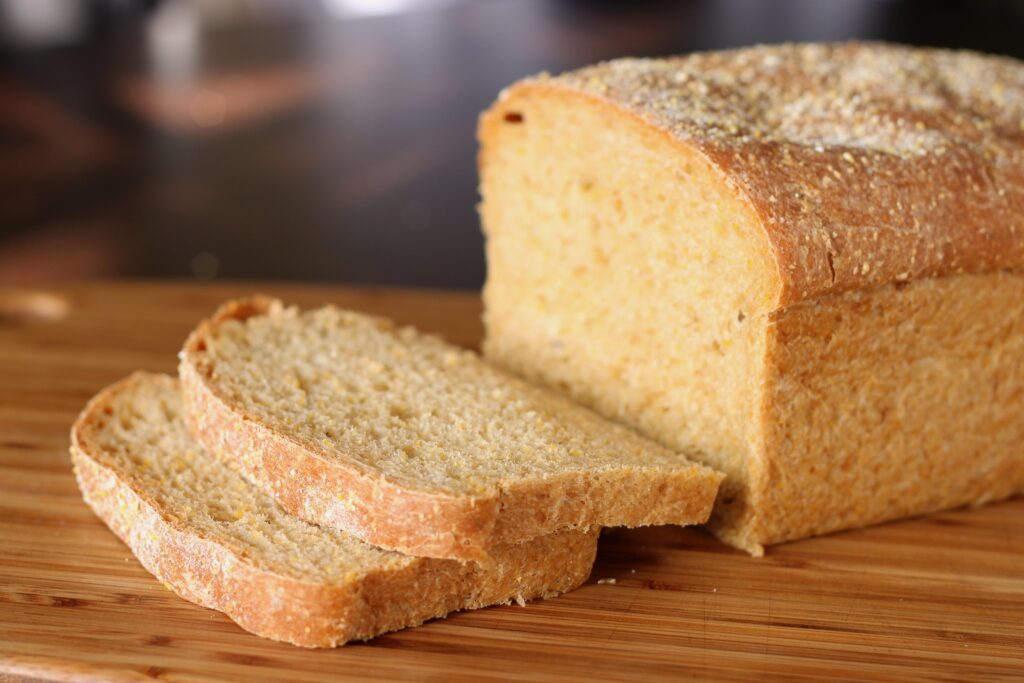
Let’s explore some of the most beloved bread recipes from different cultures and learn what makes each one special. Read more!
Leave a Reply